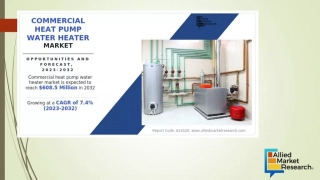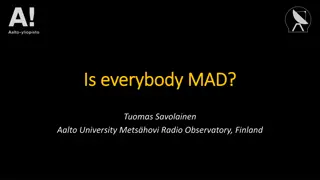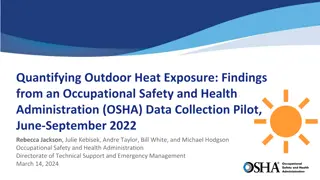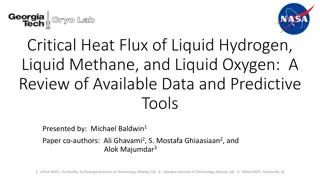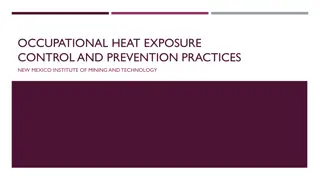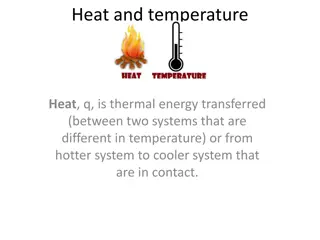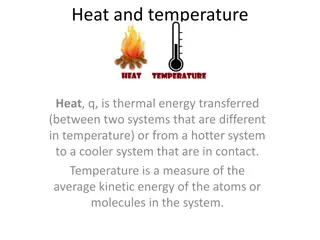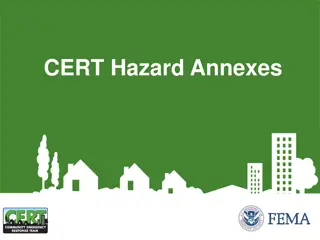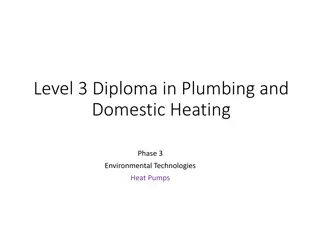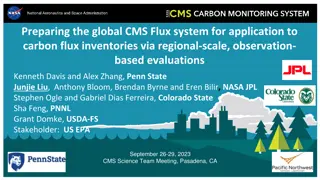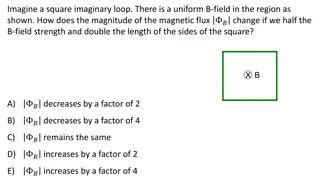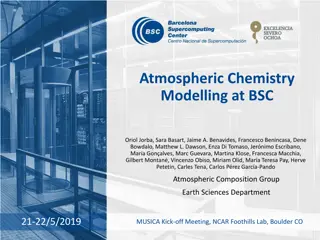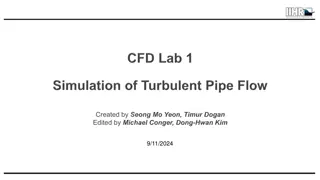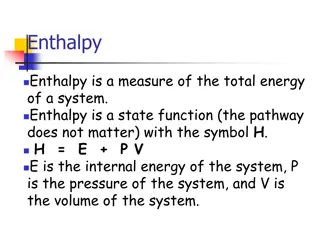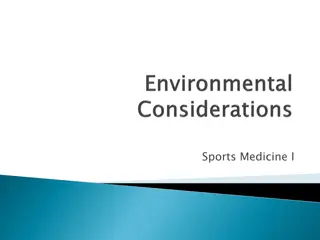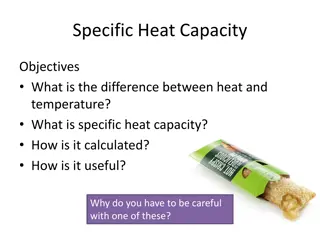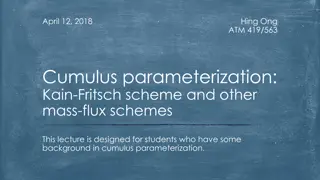Turbulent Heat Flux in Atmospheric Processes
Turbulent heat flux in atmospheric processes is explored through examples of eddy movement's impact on heat transport, showcasing scenarios where average turbulent flux can deviate significantly from zero. The interaction of eddies with temperature profiles and lapse rates influences the direction of heat transfer, affecting the atmospheric stability and adiabatic processes.
Download Presentation

Please find below an Image/Link to download the presentation.
The content on the website is provided AS IS for your information and personal use only. It may not be sold, licensed, or shared on other websites without obtaining consent from the author.If you encounter any issues during the download, it is possible that the publisher has removed the file from their server.
You are allowed to download the files provided on this website for personal or commercial use, subject to the condition that they are used lawfully. All files are the property of their respective owners.
The content on the website is provided AS IS for your information and personal use only. It may not be sold, licensed, or shared on other websites without obtaining consent from the author.
E N D
Presentation Transcript
Eddy Flux Basim ALknani
Eddy Flux If turbulence is completely random, then a positive w' ' one instant might cancel a negative w' ' at some later instant, resulting in a near-zero value for the average turbulent heat flux. As is shown below, however, there are situations where the average turbulent flux might be significantly different from zero. a small idealized eddy near the ground on a hot summer day (see Fig 2.12a). The average potential temperature profile is usually superadiabatic in such surface layers. If the eddy is a swirling motion, then some of the air from position 1 will be mixed downward (i.e., w' is negative) , while some air from position 2 will mix up (i.e., w' is positive) to take its place. The average motion caused by turbulence is w' = 0 The downward moving air parcel (negative w') ends up being cooler than its surroundings (negative ' ), resulting in an instantaneous product )w' '( that is positive. The upward moving air (positive w') is warmer than its surroundings (positive ' ), also resulting in a positive instantaneous product )w' '(. Both the upward and downward moving air contribute positively to the flux, )w' '(; thus, the average kinematic eddy heat flux )w' ' (is positive for this small-eddy mixing process. Turbulent eddies transport heat upward in this case, tending to make the lapse rate more adiabatic.
night where a statically stable lapse rate is present (Fig 2.12b). Again, picture a small eddy moving some air up and some back down. An upward moving parcel ends up cooler than its surrounding (negative w' '( , while a downward moving parcel is warmer (negative w' '). The net effect of the small eddy is to cause a negative w' ' meaning a downward transport of heat.


